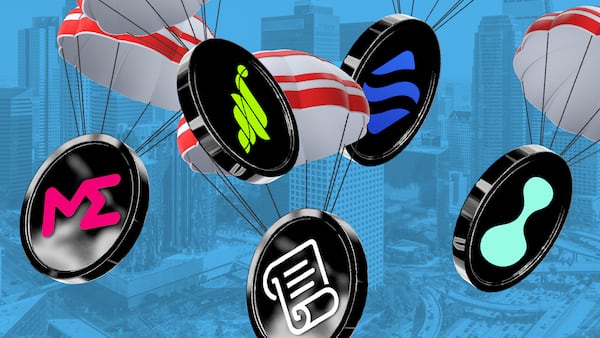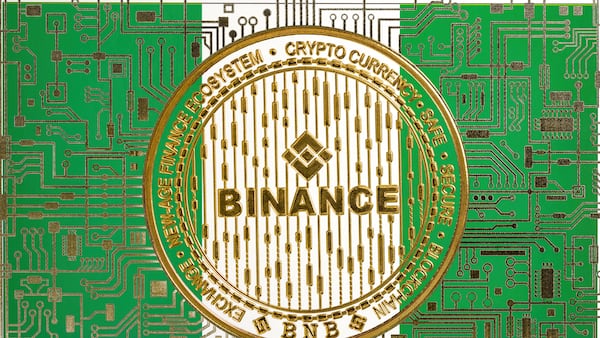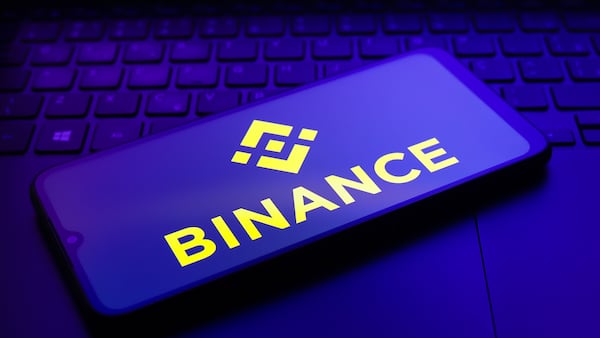- Hyperliquid has become one of the most talked about projects in crypto.
- Its initial airdrop was massively successful.
- Now traders are looking for more airdrops on the Hyperliquid blockchain.
Traders are pouring millions into a handful of new apps and projects linked to the decentralised exchange Hyperliquid.
But why?
Hopes of another token windfall.
In November, Hyperliquid issued about one-third of the supply of its native HYPE token to about 100,000 traders that had interacted with the exchange since its launch in 2023.
But the project still holds about 39% of the remaining tokens for future airdrops, and traders are hoping to earn a portion of the next handout.
While the first airdrop was solely focused around the Hyperliquid decentralised exchange, users speculate that future airdrops will be based on activity on the Hyperliquid blockchain.
This has led to a surge in activity on the blockchain as well as a number of projects featuring points programmes.
Points programmes were pioneered by NFT trading platforms such as Blur and Tensor in 2023. They reward users with points based on their activity on the platform, and can eventually be converted into tokens – if the project in question ever launches a token.
Although points are often an implicit indication that an airdrop will happen, there is no guarantee a project that offers points will create its own token.
Points became a popular way of incentivising participation prior to a token launch, but they are not without their regulatory issues. But nearly two years after the trend emerged, point programmes continue to be used by protocols to attract users.
Projects on the radar
Unit is the main bridge for Hyperliquid with over $420 million in total value locked, up almost 1,000% from April 1. Unit was developed by Singapore-based Hyperliquid Labs, the company that built the Hyperliquid blockchain and exchange.
Hyperbeat is another bridge and DeFi protocol for Hyperliquid. On May 1, Hyperbeat had about $33 million in total deposits, which has since grown to over $130 million. Users earn points called “Hearts” for performing a variety of tasks on the platform.
Hearts can be earned through bridging, swapping tokens on its decentralised exchange, staking HYPE tokens, depositing tokens into yield-generating vaults, or by borrowing tokens. It also includes a referral system which grants users extra points for onboarding new users.
The largest lending platform, Hyperlend, has about $370 million in total value deposited, up from about $110 million on May 1. Felix, another lending protocol, is a close second with $350 million, up 100% since mid April. Both projects have their own points and referral systems.
HypurrFi is a leveraged lending platform with almost $200 million in total value deposited. It allows users to earn points through lending and borrowing, which can be leveraged to earn extra yield. Points are earned by lending or borrowing on the platform, and there are multipliers on points for conducting certain actions such as lending HYPE tokens to specific pools.
Hyperswap, a decentralised exchange with over $100 million in total value deposited, gives users the opportunity to earn points through swapping between tokens or providing liquidity. It also employs a multiplier system to incentivise the use of certain protocols or features.
The composability of lending protocols makes it easy to dip into multiple projects. For example, a user can lend Bitcoin and borrow stablecoins on Felix. That user can then take those stables and lend on leverage on HypurrFi, earning points on both protocols.
All of these projects have points, referral systems, and dashboards where users can track the amount of points they have accumulated.
This makes it easy for users to see the progress they have made in relation to their peers and incentivises onboarding other users.
Zachary Rampone is a DeFi correspondent at DL News. Have a tip? Contact him at zrampone@dlnews.com.









